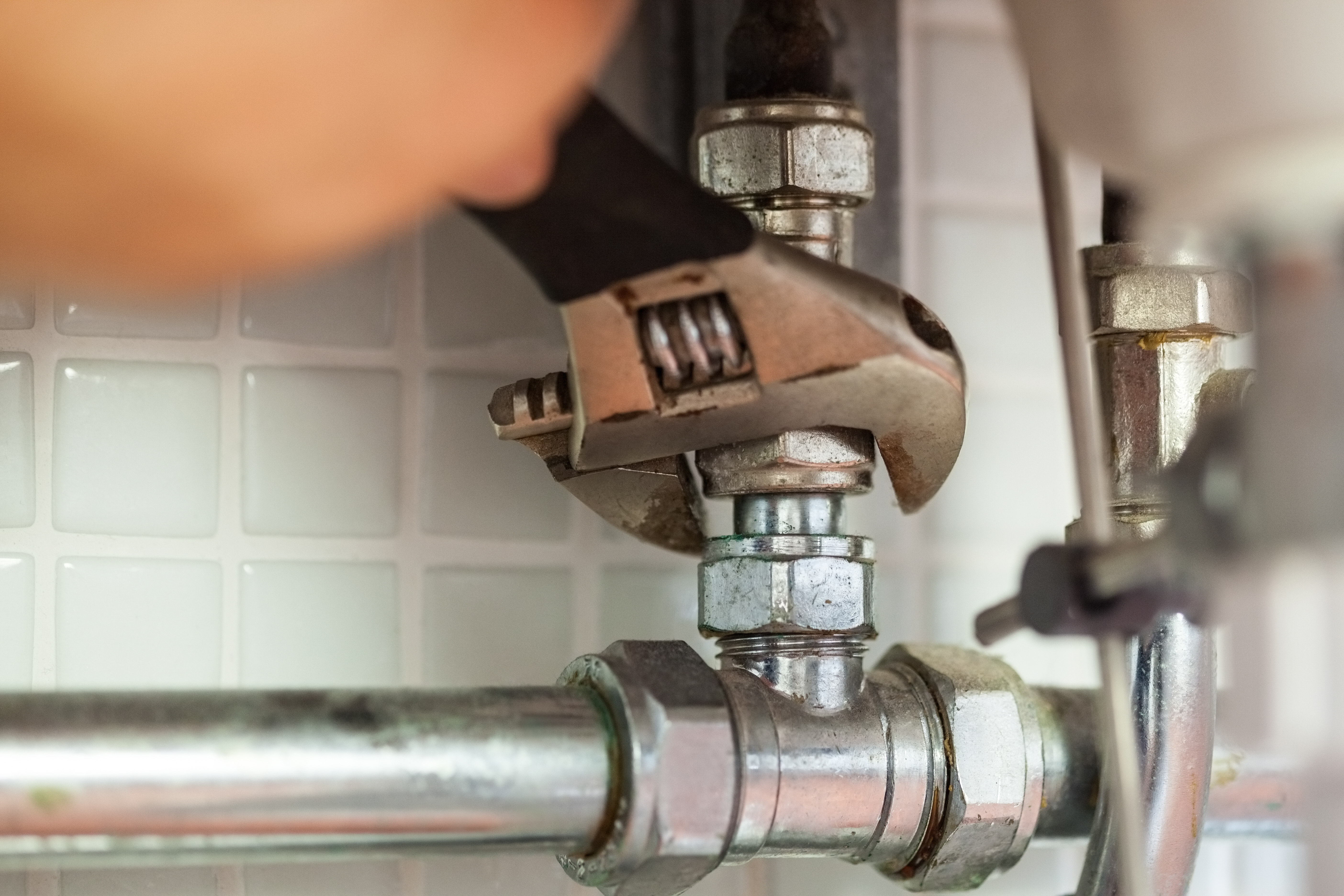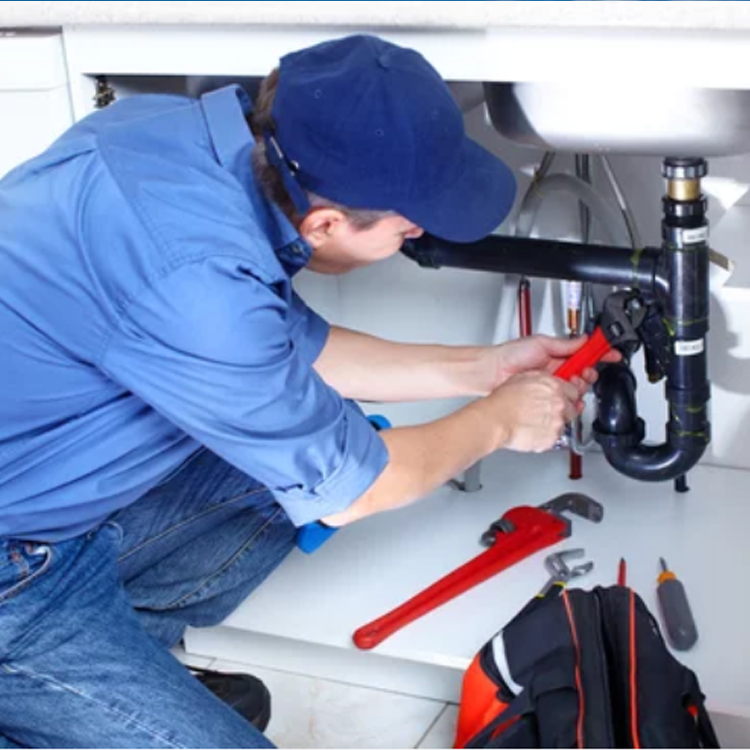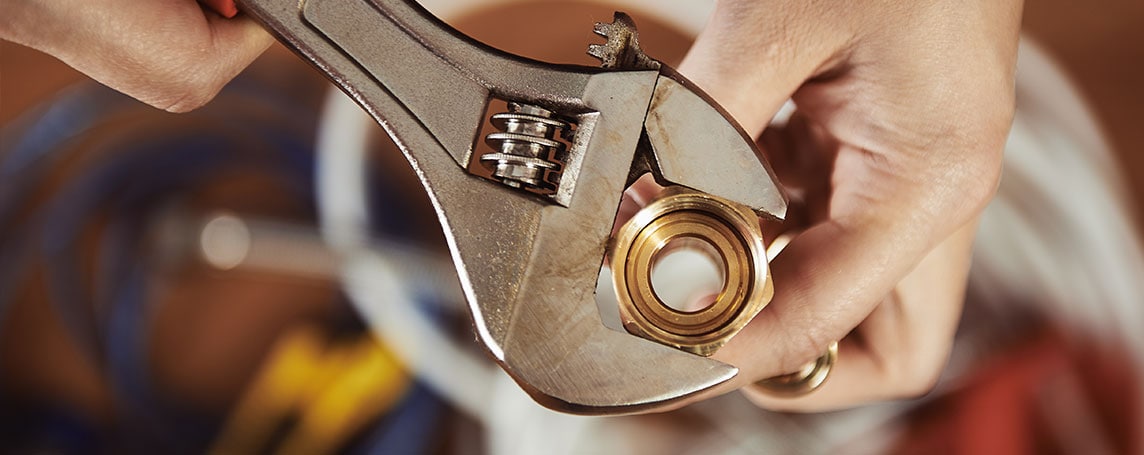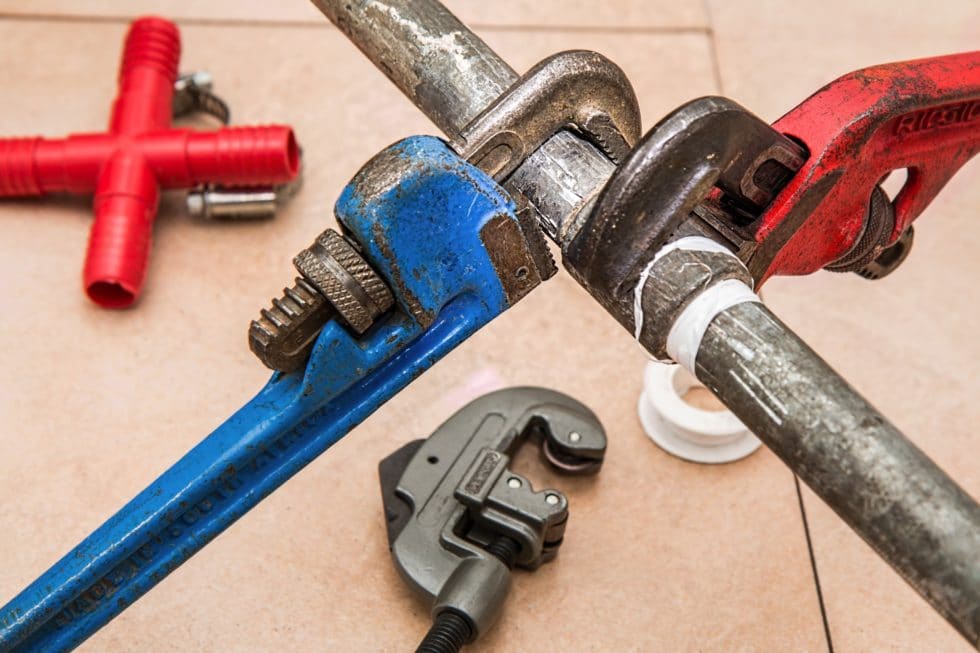January 27, 2022
Blog
Jeffrey Steeves
Old homes have unique charms, but they also may be hiding plumbing problems in their walls and floorboards.
Older homes can have a host of problems with the plumbing that you can’t see – it may simply be old and reaching the end of its usable lifespan, piping may have been installed that later proved to be problematic or an amateur plumber may have made repairs.
OLD PIPES
Plumbing has a lifespan, from the water lines and fixtures to the drains and sewer lines. Copper lines will last the longest, at 60 to 80 years, followed by cast iron drains and sewer lines at 50 to 65 years. Galvanized steel, used for both water and sewer lines, lasts about 40 to 60 years, followed by polyvinyl chloride, or PVC plastic, at 40 to 50 years, then PEX at 40 years.
Fixtures need replacement more often – and they aren’t limited to faucets, although those should be replaced every 15 to 20 years. Water heaters should be replaced more often, at 10 to 20 years, and shut-off valves should be replaced every 20 years, or they may become frozen in the “on” position. Sinks, tubs and toilets are the sturdiest of home plumbing fixtures, needing replacement every 40 to 80 years.
In addition, some of the oldest homes were built before plumbing was common and were retrofitted with plumbing later. In order to update those aged pipes, plumbers may need to drill through floor joists or install drop ceilings so there is room for the appropriate slope for gravity-fed drains.
As pipes age, their joints may begin to loosen and the pipes sag, causing “bellies,” as they separate. A belly is where debris, rust or minerals can collect where a pipe sags, causing clogs and stoppages.
PROBLEMATIC PIPES
When the issue of problematic pipes comes up, so does Flint, Michigan, where it was discovered that a combination of lead pipes and cost-cutting resulted in dangerous levels of lead in the public water system.
Highly acidic water, hot water, highly chlorinated water or water that has remained stationary in a pipe for a long time can leach lead from pipes or lead solder used on brass pipe fittings. It’s estimated that 10 million homes have water service lines that are at least partially lead – and many residents don’t realize they are responsible for the maintenance and replacement of those service lines. In many cases, there is simply no record of whether a water service line is lead or not, although it is more prevalent in older homes, since lead water service lines were popular before 1950.
Lead lines aren’t the only plumbing homeowners should be on the lookout for – polybutylene pipe, or “poly,” was popular, because it was inexpensive, from its introduction in the mid-1970s through the mid-1990s and is found in another 10 million American homes. However, poly piping fails at an abnormally high rate under normal conditions. Poly pipes react poorly to oxidants in water, flaking away from the inside out, so a poly pipe may appear in good shape during a visual inspection. It, too, is prone to faster degradation when exposed to high levels of chlorine and hot water.
In addition, use of galvanized steel piping also has been discontinued, except for repairs of existing systems. It was introduced as an alternative to lead lines, often used for water lines prior to the 1960s, until it was discovered in the early 1970’s that it, like poly, was corroding within. Unlike poly pipe, galvanized steel would corrode and rust would build up within the pipe, narrowing the diameter of the pipe and causing water pressure issues.
Some home insurance companies will refuse to insure homes with poly or galvanized steel piping or require high deductibles before a home with known problematic plumbing can be insured. Those purchasing a home with poly or galvanized pipes may be required to have a licensed plumber to certify the system before it can be insured. It also will lower a home’s resale value and make it more difficult to find a buyer.
Then there’s Orangeburg sewer lines – pipes made …








:max_bytes(150000):strip_icc():format(webp)/Plumbing-pipes-GettyImages-171591945-58ec198f5f9b58ef7ed089f8.jpg)
:max_bytes(150000):strip_icc():format(webp)/auger-59fd3b2313f1290037ecba67.jpg)
:max_bytes(150000):strip_icc():format(webp)/FlangePlungers-59fd3c35482c52001a3fe1c4.jpg)
:max_bytes(150000):strip_icc():format(webp)/CupPlunger-59fd3c90aad52b00379afac3.jpg)
:max_bytes(150000):strip_icc():format(webp)/PlumbersTape-59fd3d4bda27150037ad7e35.jpg)
:max_bytes(150000):strip_icc():format(webp)/Channel-Lock-59fd400dda27150037ae154c.jpg)
:max_bytes(150000):strip_icc():format(webp)/AdjustablePipeWrench-59fd407b9e9427003cbcbee5.jpg)










